 Home
>
Case Study
>
Police and Law Enforcement
>
BelFone Provides Radio Communications Solution For Qinghai Zhongfayuan Times Square
Home
>
Case Study
>
Police and Law Enforcement
>
BelFone Provides Radio Communications Solution For Qinghai Zhongfayuan Times SquareBelFone Provides Radio Communications Solution For Qinghai Zhongfayuan Times Square
Project Overview
The total construction area of Zhongfa Yuan Times Square is 400,000 square meters, the first phase construction area is 150,000 square meters, including about 50,000 square meters of commercial, which will create a collection of shopping, dining, entertainment and leisure in one fashion shopping center. The business format includes fashion department stores, supermarkets, cinemas, ice skating rinks, specialty restaurants, etc.
Difficulties: large construction area, with four basements, due to the shielding of building materials, the wireless radio signal attenuation is serious, bringing inconvenience to daily management dispatch communication and emergency management Requirements: In order to facilitate daily management and emergency management in the building, the commercial center is ready to build a wireless two-way radio system, which is required to cover the whole six ground floors and four underground floors.

System Components
According to the information and requirements provided by the customer, combined with years of experience in the design and construction of wireless communication systems, BelFone Communications proposed to set up a set of wireless two way radio systems based on DMR digital technology in the first-floor fire control room, consisting of three BF-RT7500 base repeaters, three power supplies, three circuit combiners, one three-way circuit breaker, one duplexer and an antenna feeder system. One way through the weak well connected to the roof glass steel omnidirectional antenna to cover the outdoor part; another way as indoor distribution system, composed of the coupler, power splitter, and ceiling antenna, uniformly distributed in various parts of the basement of the commercial center; cable along the bridge laying; indoor ceiling antenna installed in the vicinity of the bridge. For cost consideration, this project adopts the coverage method combining indoor distribution and outdoor omnidirectional antenna. This system will be able to provide 3 independent channels for 6 functional departments.

System Advantages
A single 12.5 kHz channel is made capable of supporting two simultaneous and independent calls via TDMA. According to the DMR standard, TDMA preserves the 12.5 kHz channel width and divides it into two alternating time slots 1 and 2, each acting as a separate communication path.

Since a single call uses only one of the two time slots, only half of the transmitter capacity is needed. The transmitter is idle half the time, meaning that it is an unused time slot "round" at all times. By reducing the effective transmit time by half, dual time slot TDMA can improve talk time by up to 40% compared to analog radio communications.
Another advantage of the DMR TDMA approach is that two communication channels are obtained with one repeater, one antenna and a simple duplexer. Compared to FDMA solutions, dual time slot TDMA yields 6.25 kHz efficiency while minimizing the investment in repeaters and combined equipment. It is important for licensees to retain existing licenses and ensure backward compatibility with their own legacy radios or analog systems from outside agencies such as contractors based in the field. As the DMR uses a 12.5kHz channel, the required spectrum compatibility is built-in.

In TDMA systems, while voice uses the first time slot, the second time slot can be used for application data transmission, such as SMS or location data, which can be useful in dispatching systems that provide both verbal and visual dispatching instructions. This enhanced data capability is becoming increasingly important in a world where data information is becoming increasingly abundant.
Related Products
Platform
Solutions
Cases
News
Download




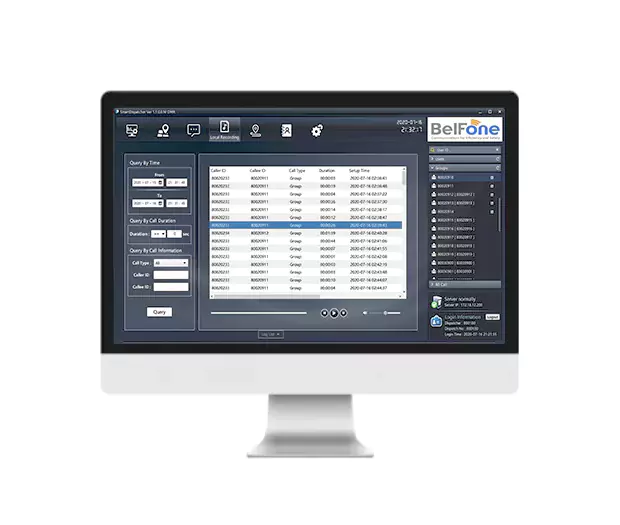
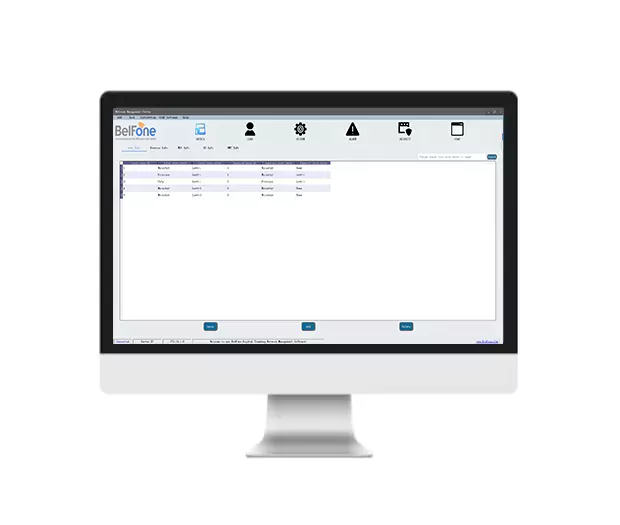
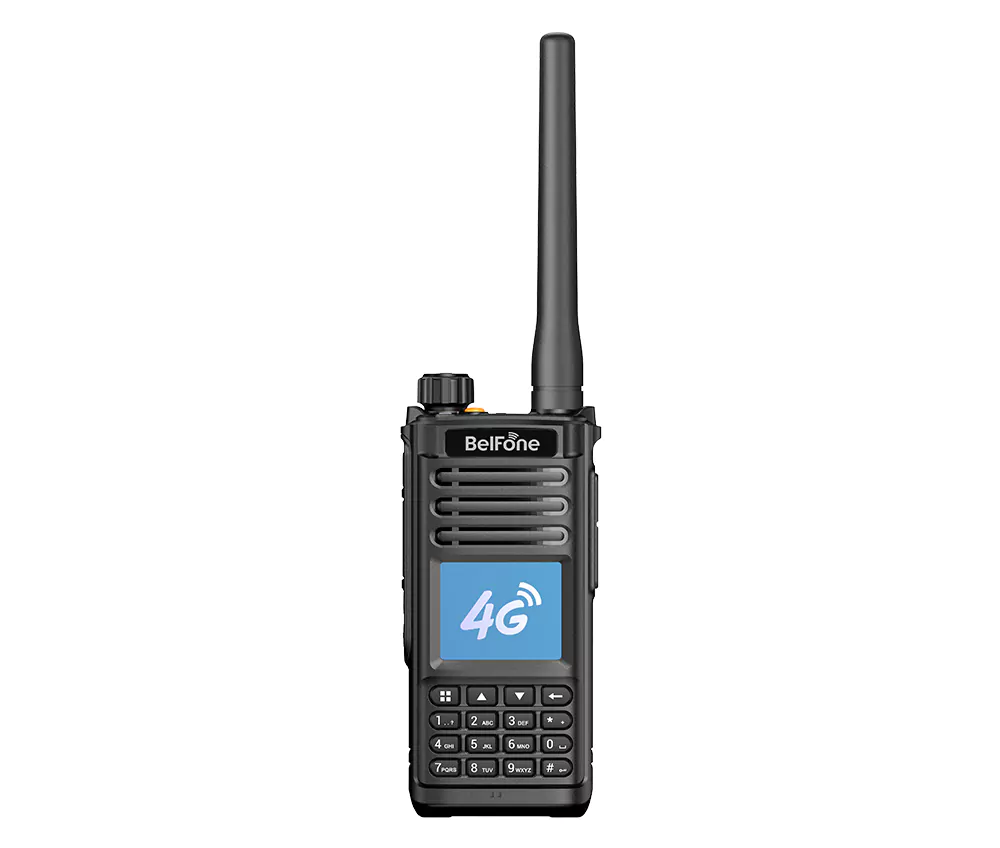
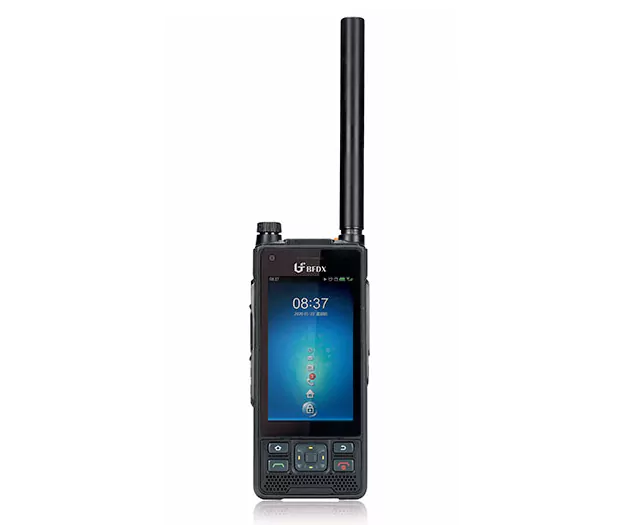
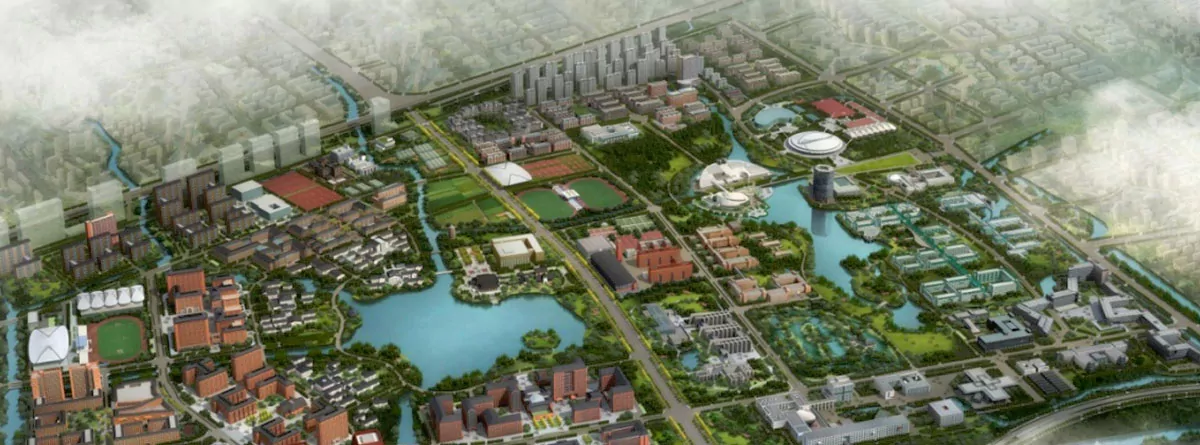
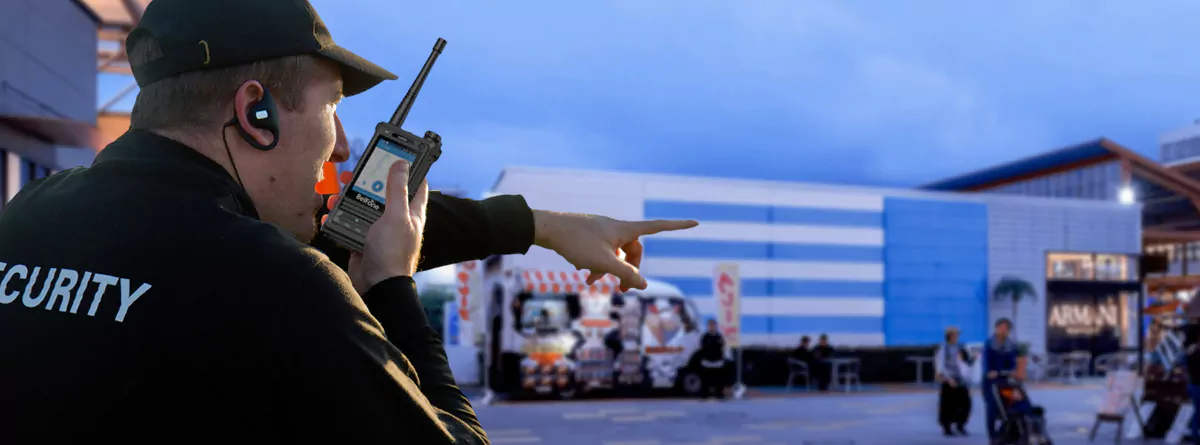
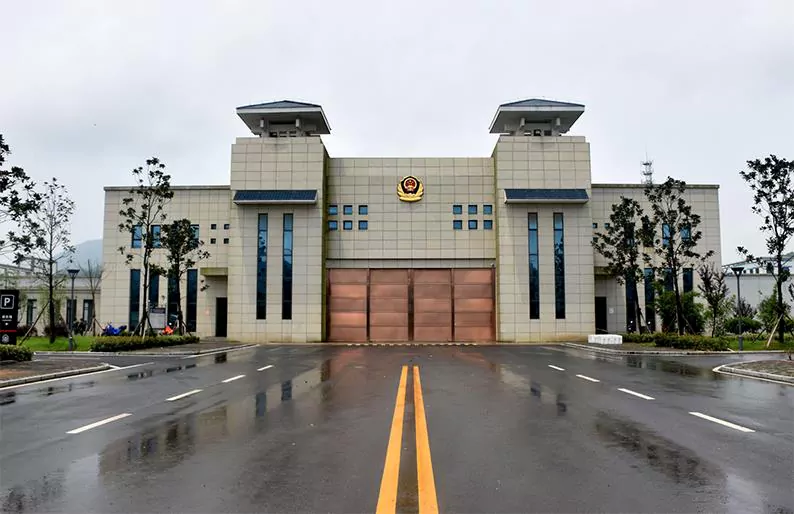

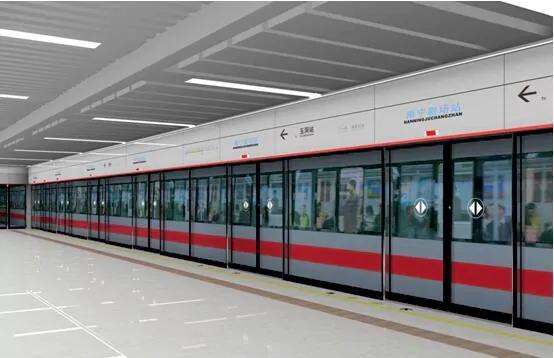

 2024-09-14
2024-09-14







